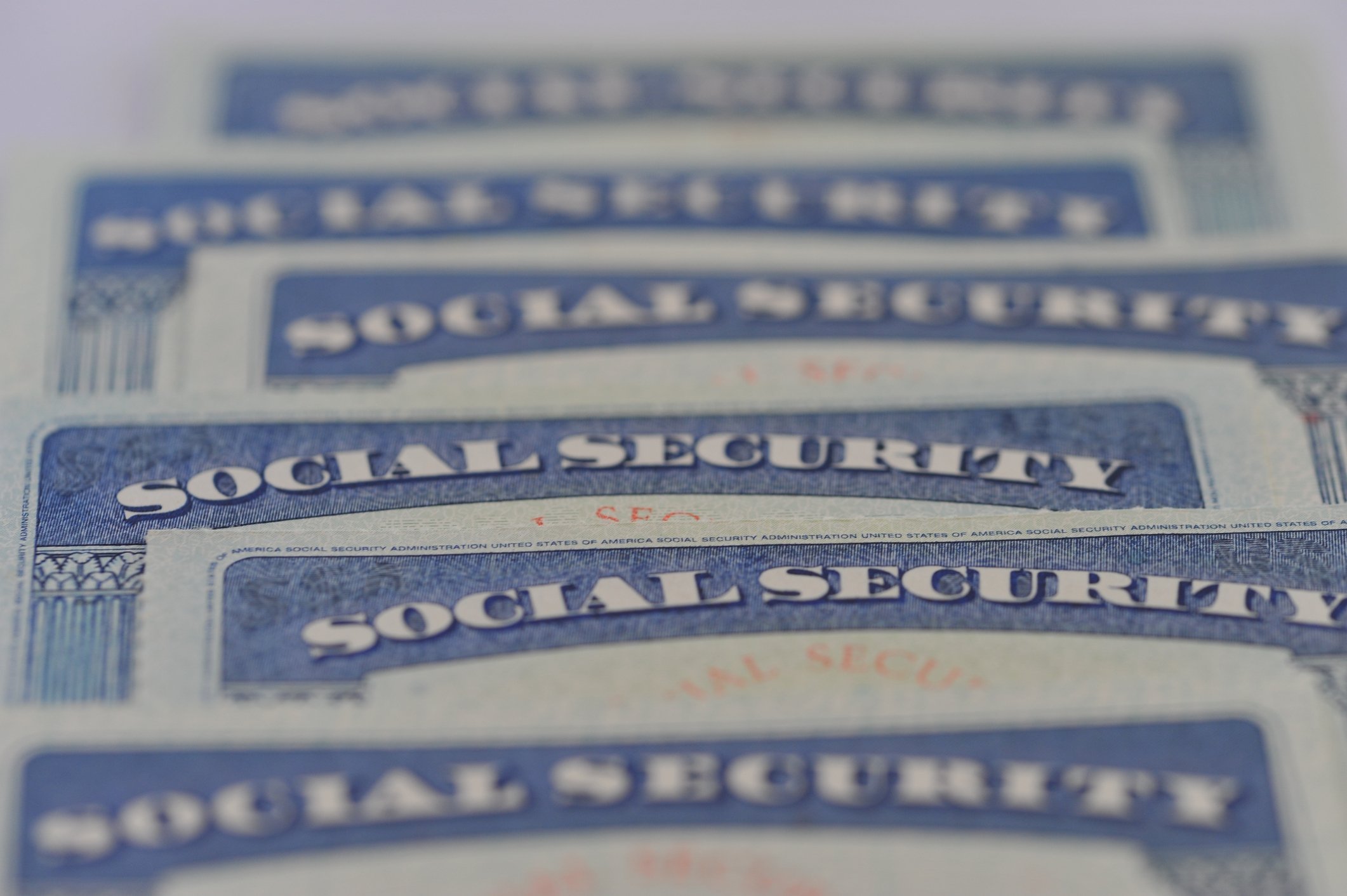If you work for a non-profit company, don't lament the fact that you are not offered the chance to participate in a 401(k) plan. Workers at tax-exempt, non-profit organizations such as schools, hospitals, and charitable enterprises can often participate in a 403b plan, which is similar in many ways. Here are three smart 403b moves to consider.

Image source: Getty Images.

Image source: Getty Images.
Contribute generously to your retirement account
For starters, don't just dip your toe into your 403b account. For significant results, you should contribute generously to it, year after year. The annual contribution limit for 2016 and 2017 is the same as for 401(k) accounts -- $18,000, plus an extra $6,000 for those 50 or older. That's much more than the limit for IRAs, which is $5,500 (plus $1,000) for both 2016 and 2017.
Check out how much money you can accumulate if you sock away the following sums annually and earn an average annual return of 8%:
|
Growing at 8% for |
$5,000 Invested Annually |
$10,000 Invested Annually |
$15,000 Invested Annually |
|---|---|---|---|
|
15 years |
$146,621 |
$293,243 |
$439,864 |
|
20 years |
$247,115 |
$494,229 |
$741,344 |
|
25 years |
$394,772 |
$789,544 |
$1.2 million |
|
30 years |
$611,729 |
$1.2 million |
$1.8 million |
Source: Calculations by author.
Be sure, also, that you contribute at least enough to max out any matching funds that may be available from your employer, as that's free money. It's not quite as common for 403b plans to feature matching contributions from employers, but some plans do. If you can't contribute a lot this year, aim to increase your contributions each year until they're at your desired level.

Image source: Getty Images.
Consider a Roth 403b to avoid future taxes
Next, find out if your employer offers a Roth 403b plan, in addition to the traditional sort. With a traditional IRA, 401(k), or 403b, you contribute pre-tax money that reduces your taxable income -- and therefore, your tax bill for the year. If you earn $75,000 and contribute $10,000 to a Roth account, your earnings drop to $65,000, letting you avoid being taxed on the $10,000 contribution. When you withdraw the money in retirement, it's taxed as ordinary income.
With a Roth account, you contribute post-tax money that doesn't deliver any upfront tax break. (Earnings of $75,000 and a $10,000 contribution? Your earnings remain at $75,000.) But you'll eventually get a big tax break when you withdraw from the account in retirement -- because you get to take all the money out of the account tax free if you follow the rules.
That can be a big deal. If you can sock away $10,000 each year in a Roth 403b for 20 years and your assets grow at an annual average rate of 8%, you'll end up with $494,229, which you can enjoy tax free! If you'd had to pay even a 15% tax rate on that, it would have cost you $74,000.

Image source: Getty Images.
Invest your 403b money wisely
Finally, spend some time deciding how you want your 403b money invested. Know that 403b plans used to be called tax-sheltered annuities (TSAs) -- which is why some still permit you to sock some or all of your money into a fixed or variable annuity. Be careful about that, though, as some charge steep fees, limit your gains, and have restrictive terms. Fixed annuities are among the least problematic and most worth considering, if you're interested.
Mutual funds are another common offering in a 403b investment menu. There are a wide range of them, though, so look into exactly which ones are available to you, and how much they charge in fees. Don't be too conservative or too aggressive, lest you end up with too low a growth rate, or see some possible big wins not materialize. Simple, inexpensive index funds based on, say, the S&P 500, the total U.S. stock market, or foreign stock indexes can be good, spreading your dollars across a wide range of companies.
Once you're invested, keep up with the progress of your funds -- especially with managed (non-index) funds. A bad performance in one year isn't necessarily reason to bail, but if the funds you choose are not keeping up with the overall stock market or their respective benchmark indexes, then you would be better off with index funds. If your investment options with your plan aren't appealing, remember that you can probably still contribute to an IRA. Max that out, and then, perhaps, park further contributions into a 403b account.
Give 403b accounts strong consideration, as they can improve your financial health in retirement considerably.





